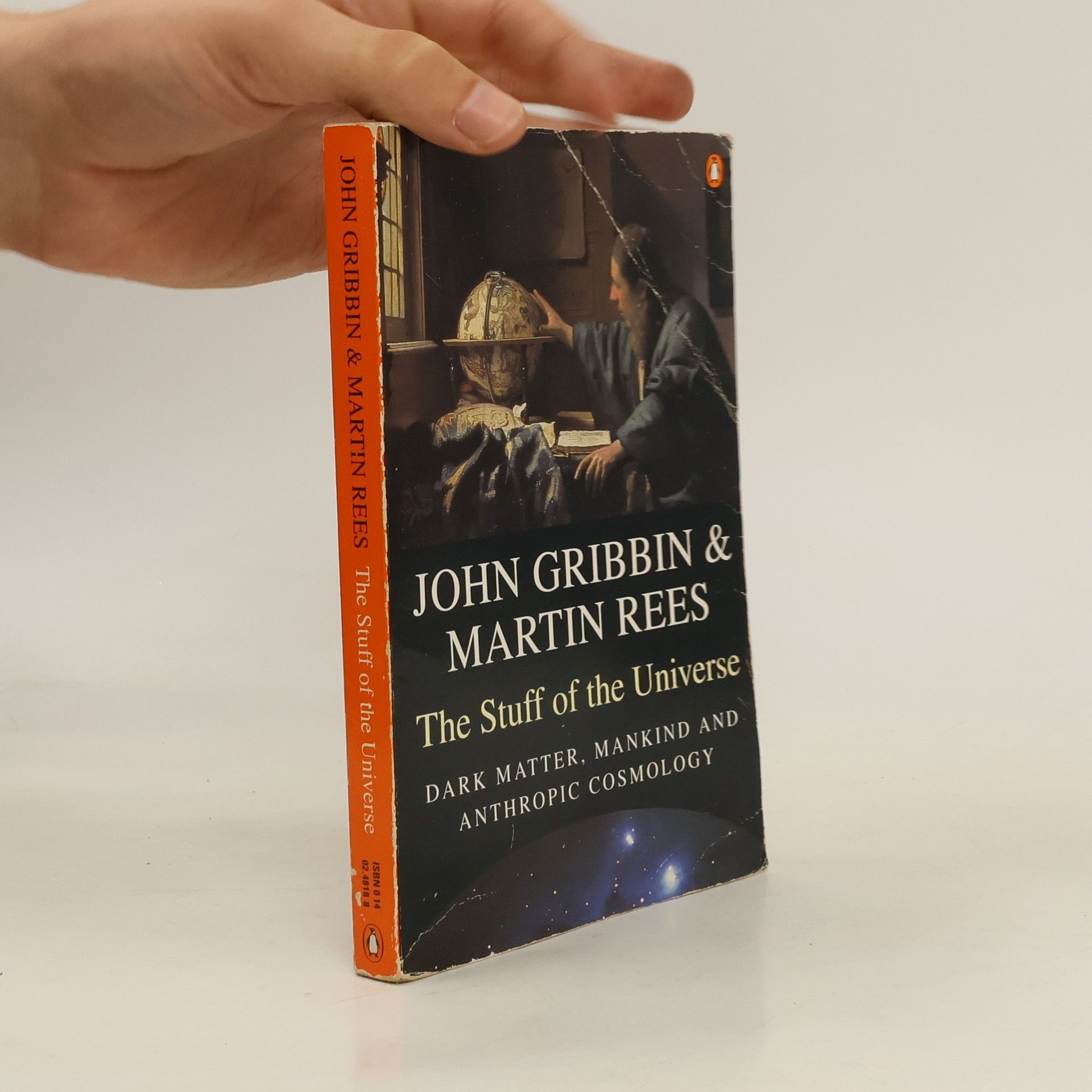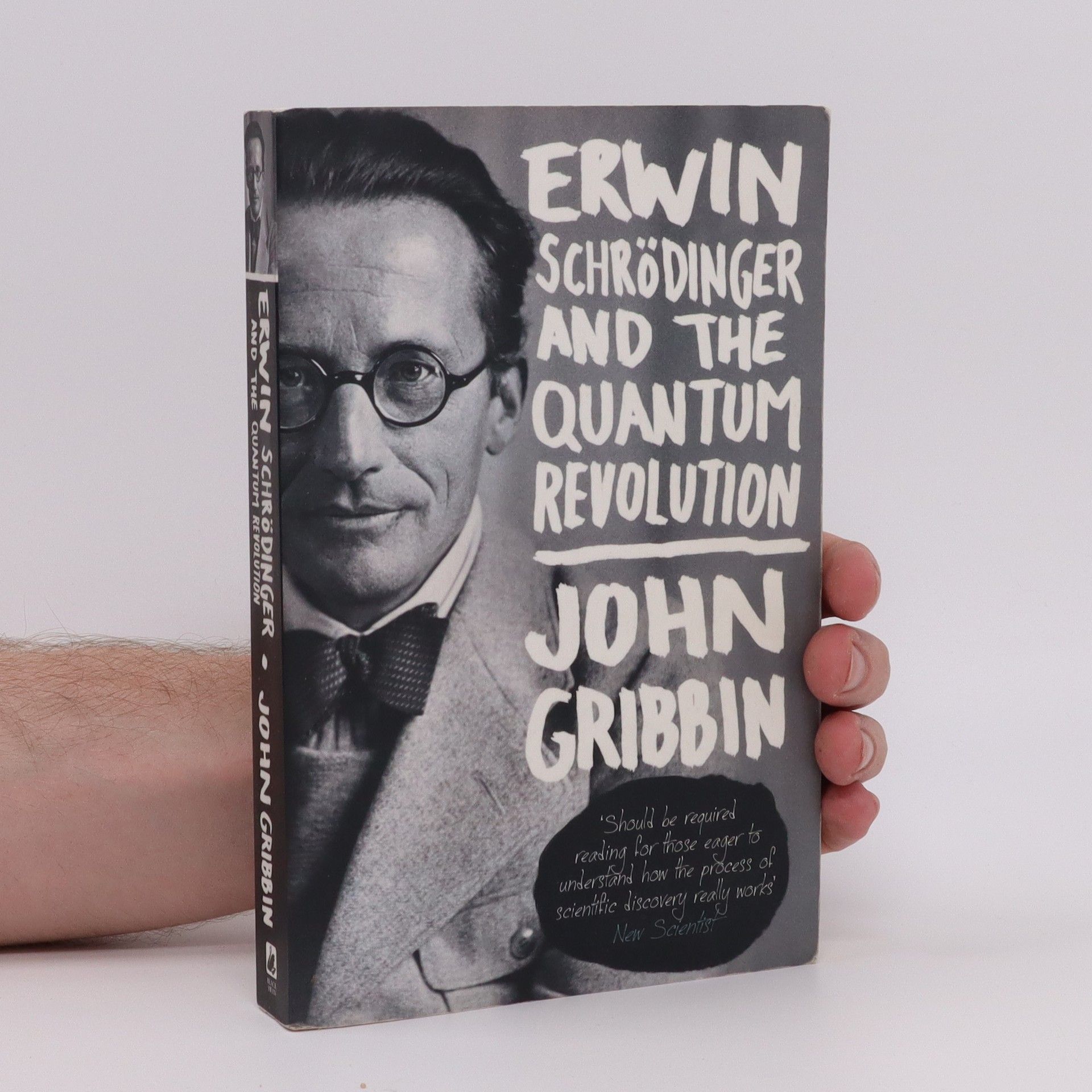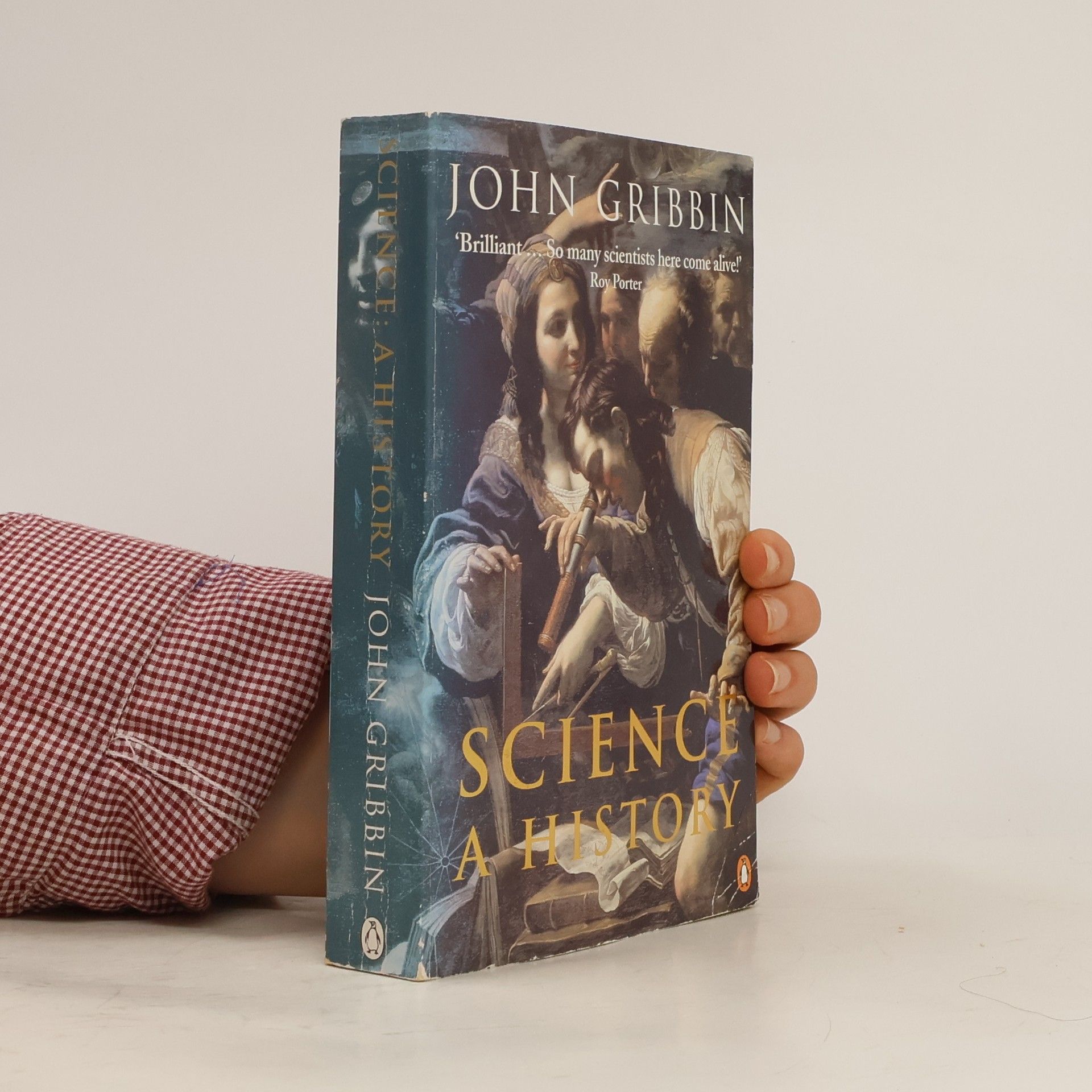A definitive biography of a remarkable man and a brilliant scientist. Scarcely able to move or speak as a result of motor-neuron disease, Hawking has vastly expanded our scientific knowledge and made his discoveries accessible to the layperson in his bestselling book A Brief History of Time. Stephen Hawking is perhaps the most famous scientist since Einstein. Although his body is confined to a wheelchair, his brilliant work on black holes, the Big Bang, and quantum cosmology has already guaranteed his reputation as a towering figure in modern physics. This superb biography interweaves the events of Hawking's life with concise and cogent explanations of the theories that have brought us breathtakingly close to piercing the ultimate mysteries of time, space, and matter. It tells the story of Hawking's days at Oxford and of the early warning signs of the terrible disease that has made him dependent on a voice synthesizer to communicate his epochal discoveries. It shows us his emergence as the hugely successful author of the best-selling A Brief History of Time, an unexpected triumph that saved him from a financial “black hole” and brought him worldwide celebrity. And it describes the dissolution of his marriage of many years. Revealing yet ultimately admiring, Stephen Hawking is a master portrait of the man who is destined to be remembered as the most important scientist of the modern era.
John R. Gribbin Libros
John Gribbin es un escritor de ciencia británico y astrofísico cuyo trabajo abarca una vasta gama de temas, desde la física cuántica y los orígenes del universo hasta la evolución humana y el cambio climático. Es célebre por su prosa atractiva, que traduce magistralmente ideas científicas complejas para una audiencia general. Los escritos de Gribbin a menudo profundizan en preguntas fundamentales sobre la realidad y el lugar de la humanidad en el cosmos. Además de su obra de no ficción, también explora temas especulativos a través de la ciencia ficción.







Schrödinger's Kittens and the Search for Reality
- 261 páginas
- 10 horas de lectura
Gribbin presents the recent dramatic improvements in experimental techniques that have enabled physicists to formulate and test new theories about the nature of light. He describes these theories not in terms of hard-to-imagine entities like spinning subnuclear particles, but in terms of the fate of two small cats separated at a tender age and carried to opposite sides of the universe.
Deep Simplicity: Bringing Order to Chaos and Complexity
- 304 páginas
- 11 horas de lectura
Over the past two decades, no field of scientific inquiry has had a more striking impact across a wide array of disciplines–from biology to physics, computing to meteorology–than that known as chaos and complexity, the study of complex systems. Now astrophysicist John Gribbin draws on his expertise to explore, in prose that communicates not only the wonder but the substance of cutting-edge science, the principles behind chaos and complexity. He reveals the remarkable ways these two revolutionary theories have been applied over the last twenty years to explain all sorts of phenomena–from weather patterns to mass extinctions.Grounding these paradigm-shifting ideas in their historical context, Gribbin also traces their development from Newton to Darwin to Lorenz, Prigogine, and Lovelock, demonstrating how–far from overturning all that has gone before–chaos and complexity are the triumphant extensions of simple scientific laws. Ultimately, Gribbin illustrates how chaos and complexity permeate the universe on every scale, governing the evolution of life and galaxies alike.
Originally published: Get a grip on new physics. London: Weidenfeld and Nicolson, 1999.
In this exploration of our relationshop with the universe, the authors search for the grand design of the universe and the meaning of the so-called coincidences that allow life to exist on our planet. They present the latest advances in understanding of the nature of dark matter, explore mini and massive black holes, brown dwarfs and novel forms of matter such as quarks and quark nuggets. They discuss the search for a unified theory of all the particles and forces of nature: cosmic strings, superstrings and the possibility of a theory of everything. The authors also speculate on the possibility of the existence of other universes and of other intelligent life in our own.
The Fellowship
- 352 páginas
- 13 horas de lectura
From the bestselling author of A History comes the enthralling story of a revolution that shook the world. Seventeenth-century England was racked by civil war, plague and fire; a world ruled by superstition and ignorance. A series of meetings of 'natural philosophers' in Oxford and London saw the beginning of a new method of thinking based on proof and experiment. John Gribbin's gripping, colourful account of this unparalleled time of discovery explores the impact of the Royal Society, culminating with Isaac Newton's revolutionary description of the universe and Edmund Halley's prediction of the return of a comet in 1759. This compelling book shows the triumph not as the work of one isolated genius, but of a Fellowship.
There is about 10 times more dark matter (DM, also known here as Alice matter) than bright stuff in our Galaxy. The DMis spread out in a roughly uniformsphere (a spherical distribution of Alice stars), with our flattened disk Galaxy embedded in it. The Alice matter , is a kind of mirror image shadow stuff; the term looking glassmatter has been used by some scientists. Alicematter can be turned into ordinary matter (and vice versa) by sending it through a loop of Alice string, a naturally occurring cosmic phenomenon. Aliens in the DM world, more advanced than we are, have discovered the trace of 10 per cent normal matter in their universe. And have come to investigate it. Our disk is a perturbation that they are puzzled about. Publisher
John Gribbin, author of Six Impossible Things, shortlisted for the Royal Society Insight Investment Science Book Prize, presents a tour of seven fundamental scientific truths that underpin our very existence. These 'pillars of science' also defy common sense. For example, solid things are mostly empty space, so how do they hold together? There appears to be no special 'life force', so how do we distinguish living things from inanimate objects? And why does ice float on water, when most solids don't? You might think that question hardly needs asking, and yet if ice didn't float, life on Earth would never have happened. The answers to all of these questions were sensational in their day, and some still are. Throughout history, science has been able to think the unthinkable - and Gribbin brilliantly shows the surprising secrets on which our understanding of life is based.
Erwin Schrödinger was an Austrian physicist famous for his contribution to quantum physics. In this biography, John Gribbin takes us into the heart of the quantum revolution.
Science : A History. 1543-2001
- 672 páginas
- 24 horas de lectura
This title begins with Galileo and takes the reader through to the scientific developments of string theory. An accessible narrative history, it focuses on the way in which science has progressed by building on what went before and details the work of science's greatest minds.

